If you’re reading this, I’m guessing you’ve got some whole coffee beans you don’t know what to do with.
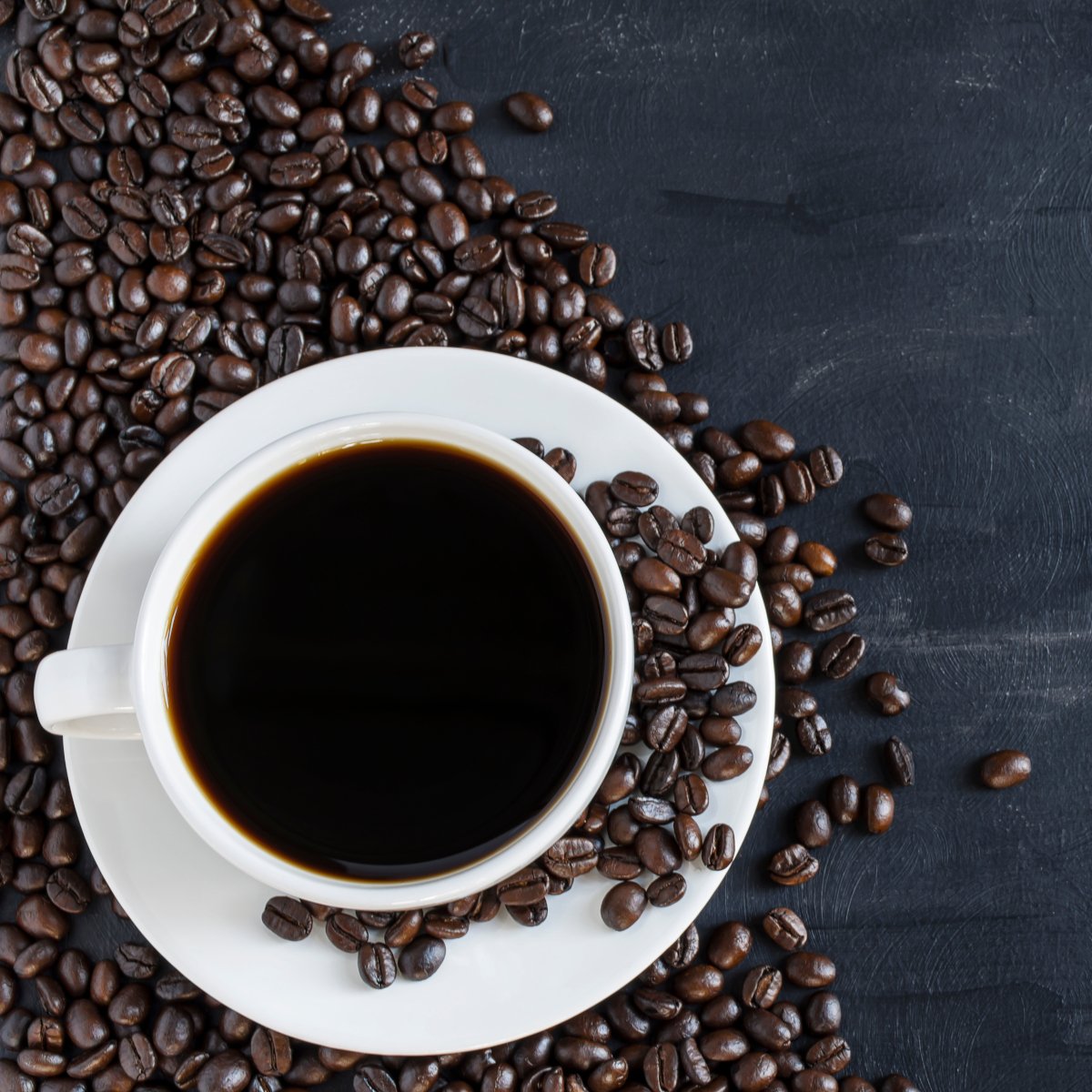
Can you make coffee with beans instead of grounds?
Actually, you can. The two best ways to make coffee with beans are to use a double-boiler or a thermos to steep the beans in hot water for about 1 hour.
But it’s a little more involved than that.
In this article, I’ll explain each method in detail and then give some thoughts on the process.
Table of Contents
1. Using A Double-Boiler
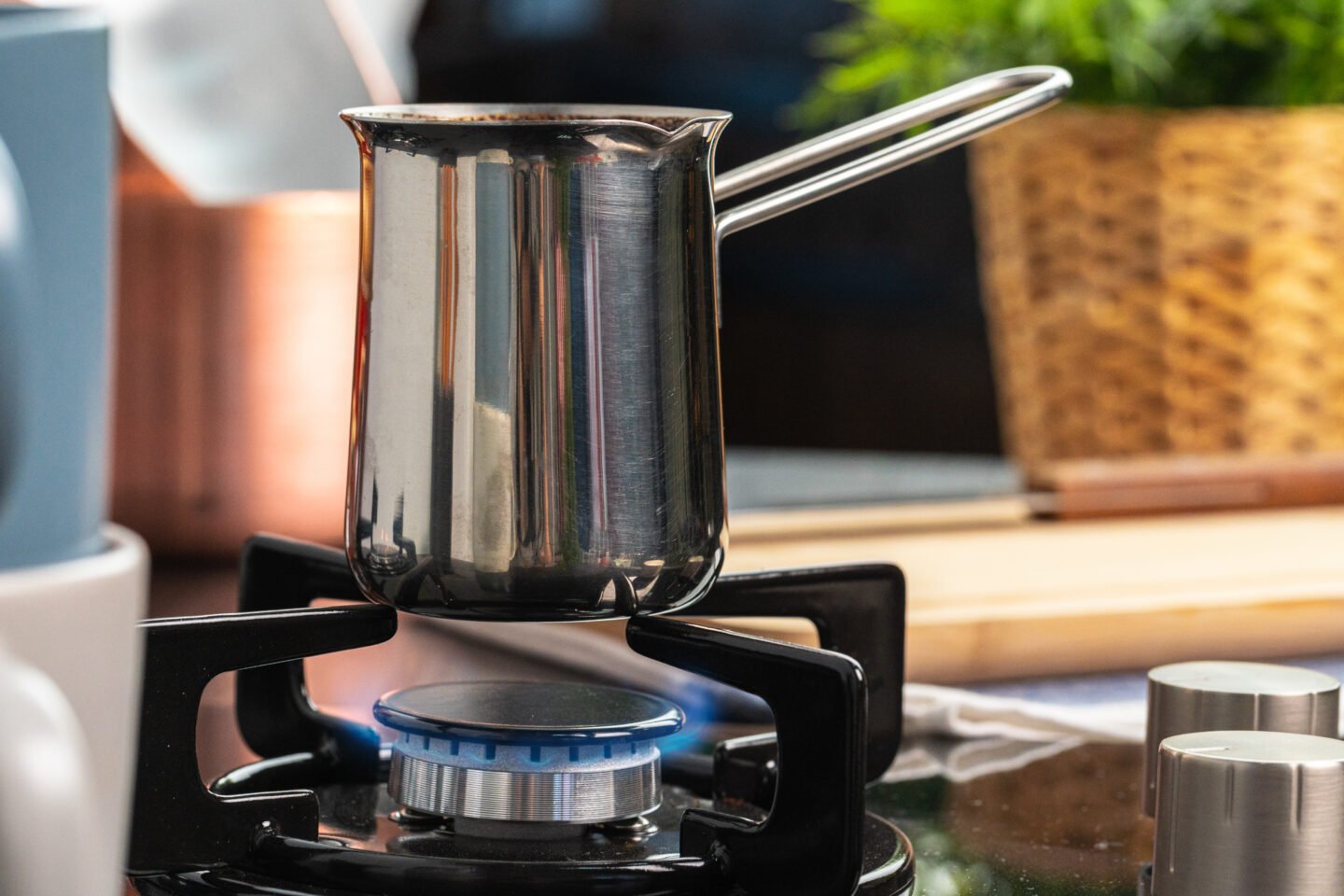
This is the best way to brew whole beans instead of ground coffee.
Why? Because it keeps the heat consistent, and you don’t have to worry about your coffee losing all of its taste before you can drink it.
The downside? It takes a long time—but you should know that brewing with whole beans instead of coffee grinds will always take a while (more on that later).
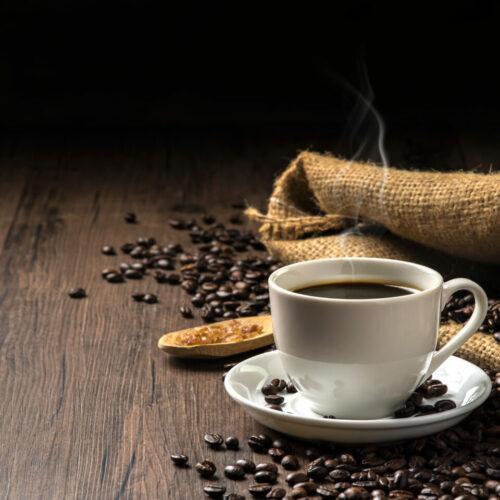
How To Brew Coffee Using The Double Boiler Method
Equipment
- A mason jar or similar small container
- A saucepan
- A spoon
- A colander or strainer
Ingredients
- 60 g roasted coffee beans (Approx.)
- 1 cup filtered water (Or as needed)
Instructions
- Boil 1 cup of water. This is your coffee water—the water you will brew with. If possible, use soft, filtered water. Bottled water is fine, or water from a fridge with a filter.
- Add a handful of beans to the small container. While you wait for the water to boil, drop in a big handful of coffee beans.
- Pour hot water over the beans. Once the water boils, fill the container with boiling water and place it in the saucepan.
- Add more water to the saucepan. Add enough extra water to submerge the container almost completely.
- Bring to a boil. Bring everything to a rolling boil.
- Wait 45-60 minutes. Yes, it takes some patience, but we knew that going in.
- Strain your coffee and enjoy.
Notes
Make Cold Brew Instead
My advice for the double-boiler method? Make cold brew.
Let the water boil for about 90 minutes, then let the container cool off.
Once it’s cool, stick it in the fridge for another 5-8 hours. This will make a halfway-decent cold brew.
It has a more consistent flavor and is a better all-around drink.
Plus, if you make a cold brew, you can use that as a base and just add sweet cream or other sauces to make other coffee drinks.
2. Using A Travel Mug
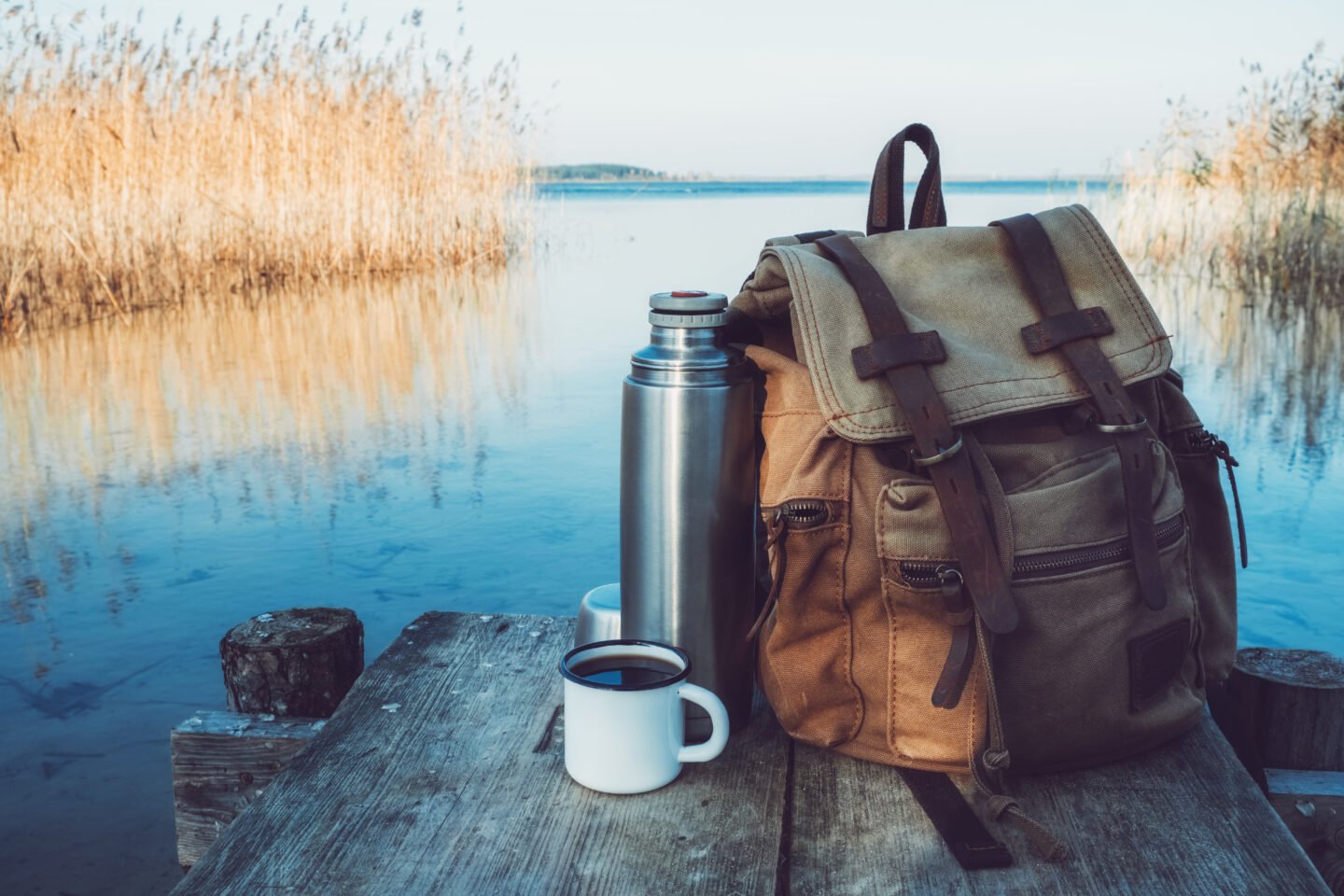
The other option for making coffee with beans is by using a travel mug or some other kind of insulated container.
The premise is the same as using a double-boiler, but instead, you just let the hot water sit in the insulated container.

How To Brew Whole Coffee Beans Using A Travel Mug
Equipment
- Insulated container like a travel mug or thermos
Ingredients
- 60 g roasted coffee beans (Approx.)
- 500 ml filtered water (Or as needed)
Instructions
- Boil water. Again, try to use soft, filtered water. Use either the stove or an electric kettle.
- Add a good handful of coffee beans to the thermos. Aim for about ⅓ the volume of the thermos to be filled with beans.
- Fill the thermos with boiling water. Make sure to fill it up all the way.
- Cover and shake. Shake gently to make sure all the beans start to soak.
- Let the coffee steep for 60-90 minutes. Gently shake every 15 minutes or so.
- Strain and enjoy. You can either strain the coffee into a different container or drink it as is.
Just know that you’ll lose some heat with this method. No insulated thermos will still be boiling after 90 minutes.
You can make a decent cold brew just like with the double-boiler method.
Instead of adding boiling water to your beans, add room-temperature water instead.
Then place the thermos in the fridge for about 8 hours.
Why Brew With Whole Beans?
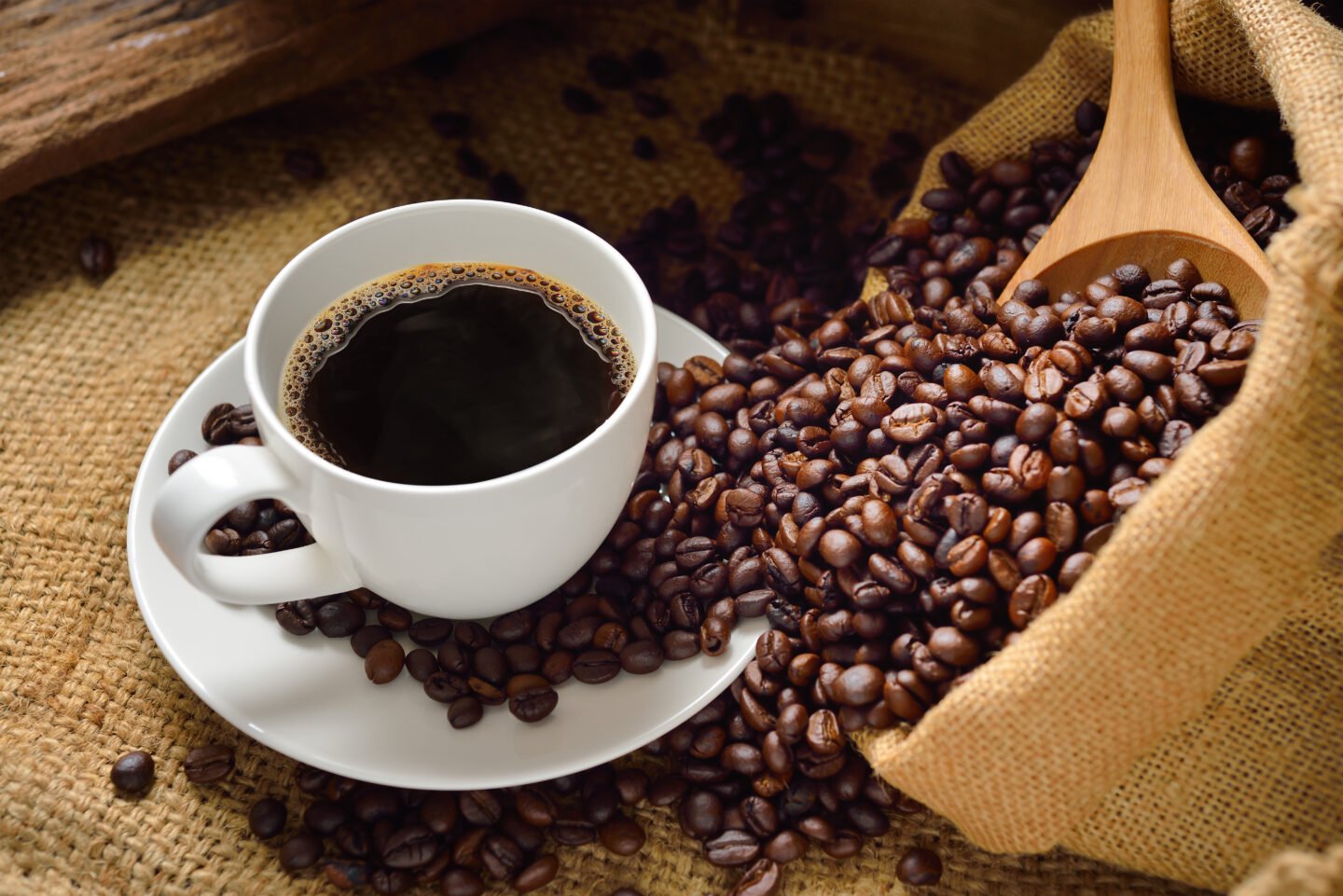
Look, I’ll level with you; try to avoid making coffee with whole beans at all costs.
It’s inefficient, doesn’t taste as good, and is just a bummer.
But I get it; maybe you bought whole beans by mistake and didn’t have a grinder. Or maybe your grinder broke.
Or you just don’t want to grind beans today.
Whatever the reason, you’re here and making coffee without coffee grounds.
And there are some benefits to brewing with whole beans:
- You don’t have to grind.
- It isn’t as involved.
- The taste is clean. This means that the taste of this coffee will be crisp, less acidic, less bitter, and generally smooth.
But there are also some downsides:
- It takes a while.
- It’s a waste of beans.
- You’ll get more consistent results if you grind your beans.
On that last note, let’s take a quick look at why you should grind beans at home.
Should You Grind Beans At Home?
Grinding coffee beans at home just before brewing has several benefits compared to buying pre-ground coffee.
Coffee beans start to lose their flavor and aroma as soon as they are ground, so freshly ground beans will have more flavor and aroma than pre-ground coffee.
The grind size of the beans affects the taste of the coffee.
By using your own grinder, you can control the size of the grinds to suit your brewing method. A finer grind will produce a stronger coffee, while a coarser grind will produce a milder coffee.
You can experiment with different types of beans and grinds to find the perfect taste for your liking. And you can customize your coffee to your taste preference.
Having your own grinder can also save money in the long run, as pre-ground coffee is often more expensive than buying whole beans.
Why Does Brewing With Whole Beans Take So Long?
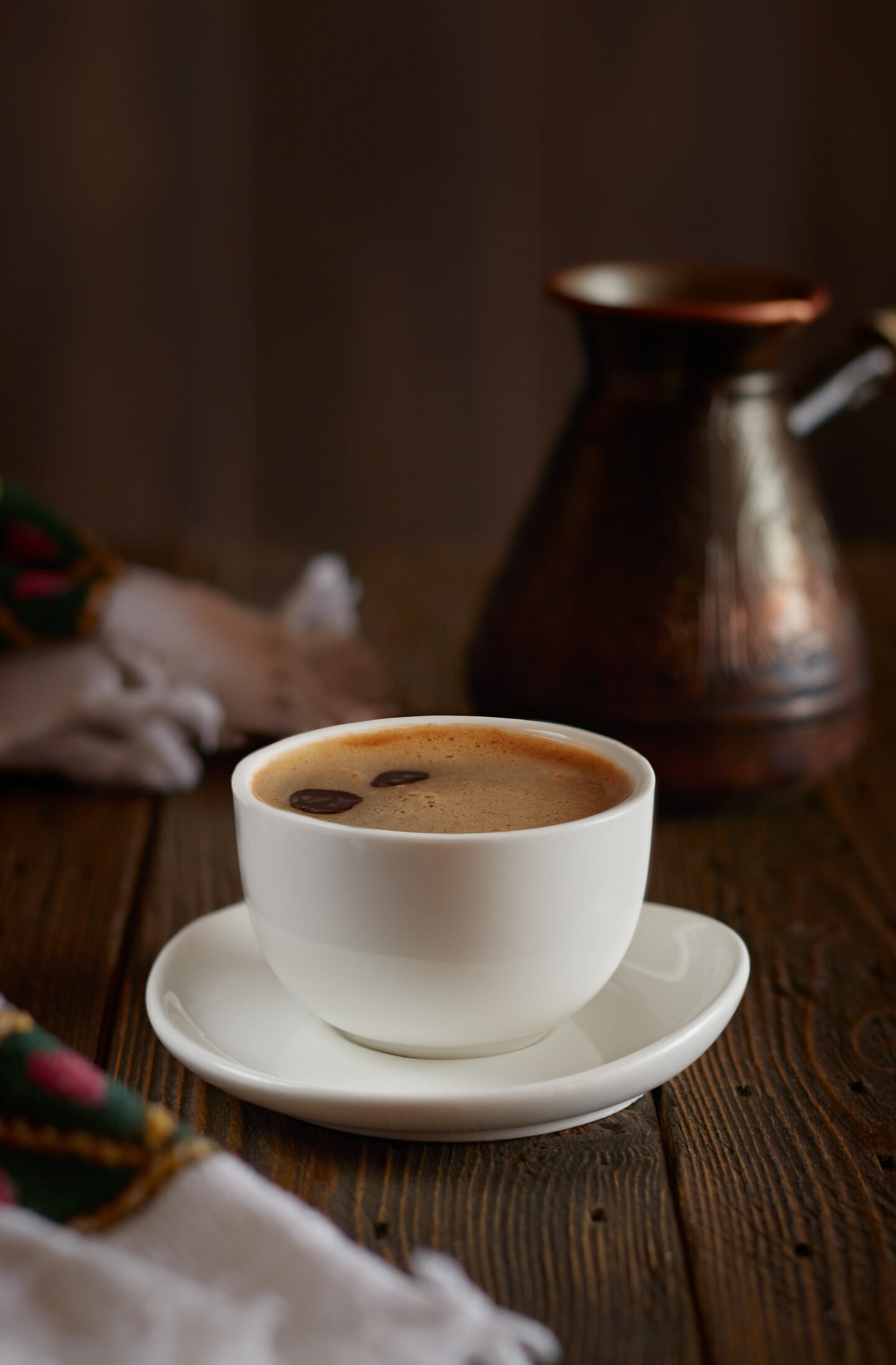
The biggest reason brewing whole beans takes longer is that there’s less surface area to work with.
Think of it like this: The more surface area the hot water hits, the faster your coffee will brew.
So, by grinding coffee, we increase the amount of surface area that hot water will touch. In that case, we will speed up the process.
That’s why espresso coffees use a fine grind size. You need a lot of surface area to brew espresso in 30 seconds.
The bottom line is that you can brew coffee with any grind size or even with beans if you have a little patience and are willing to experiment.

Leave a Reply